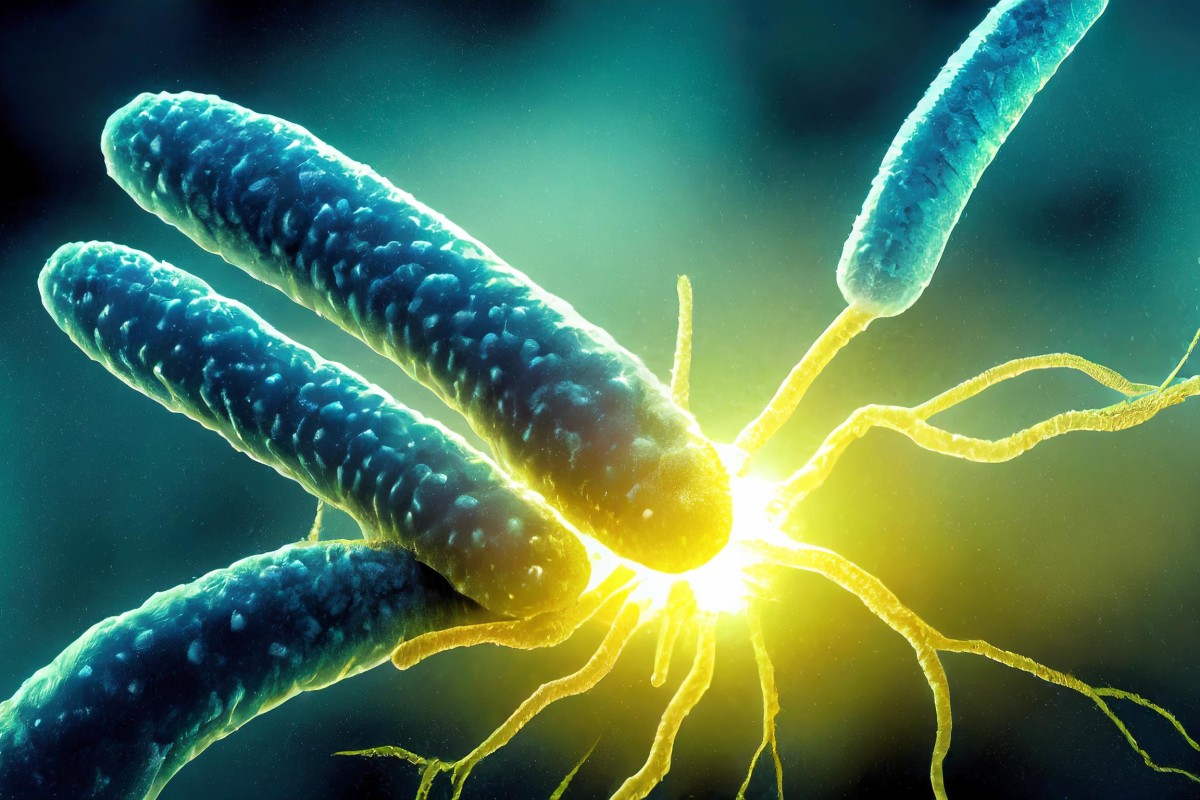What is Legionella? 10 Things You Need to Know

Legionellosis, otherwise known as Legionnaires’ disease, are most commonly associated with Legionella bacteria, of which there are at least 50 known species.
Legionella bacteria can cause potentially serious lung infections if contracted by humans, usually by breathing in contaminated water droplets from polluted water supplies.
Read on for 10 things about Legionella from Addmaster:
- Legionnaires’ disease is so-called after an outbreak of pneumonia struck an American Legion convention in 1976.
- Legionella bacteria is commonly found in rivers, lakes and ponds in numbers so low that they’re considered harmless.
- The bacteria can multiply rapidly if present in HVAC systems, condensers or spas, which can be problematic for hotels, hospitals and office blocks.
- Legionella can thrive at temperatures between 20-45C, and rust, limescale and other contaminants can exacerbate the rate of reproduction.
- Just 284 cases of Legionnaires’ disease were diagnosed in the UK in 2013, and roughly a third of cases are as a result from being exposed to the bacteria whilst abroad.
- Whilst anyone can catch an infection, the over 50s, heavy smokers and those with an underlying health condition or weakened immune system are more susceptible.
- Legionnaires’ disease is a notifiable disease, meaning local health authorities must be informed by doctors if a case is diagnosed to help with tracing the source of a potential outbreak.
- Symptoms usually take around 7 days to show and can consist of headaches, muscle pain, fever, chills, coughing and shortness of breath.
- Infections are usually treated with a course of antibiotics for 1-3 weeks, either on a drip or tablet form, and 90% of patients make a full recovery.
- Whilst Legionnaires’ disease isn’t contagious, steps should be taken by building managers to ensure that water and HVAC systems are properly maintained and meet regulations to stop the bacteria building up.




